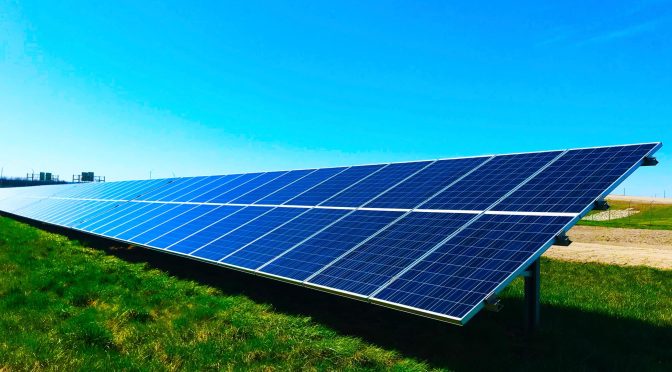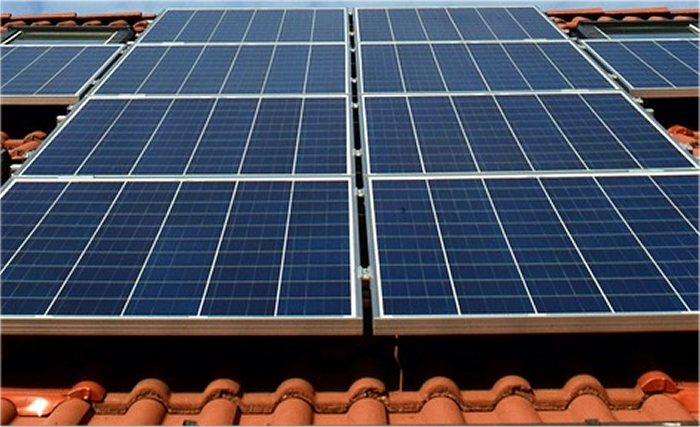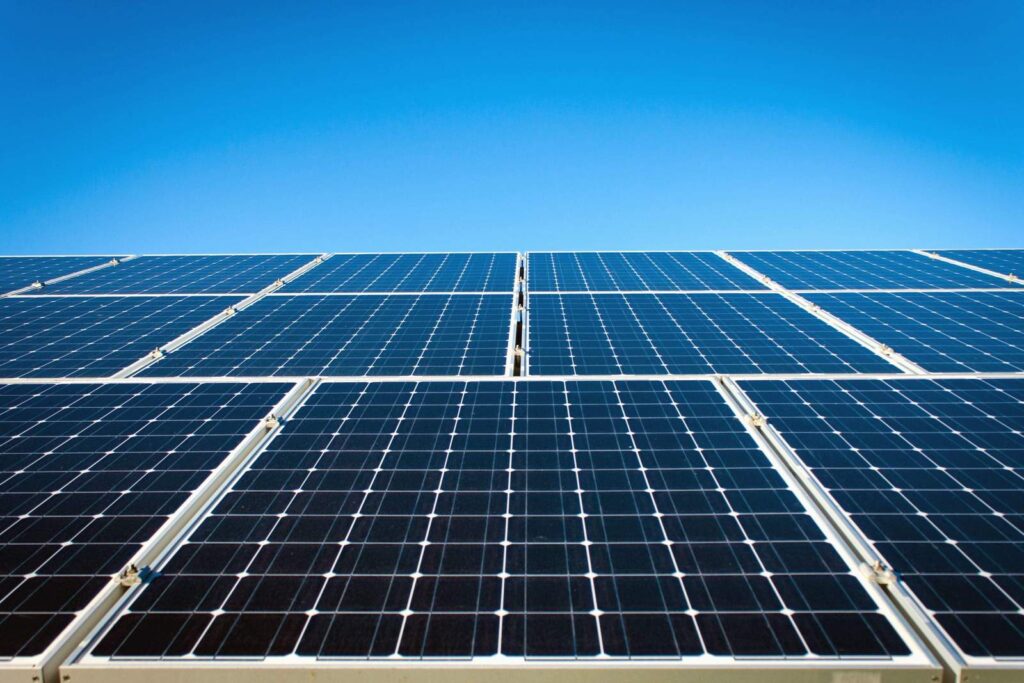Scientists have stated that it is possible to maintain the performance of solar panel practically unchanged for 60 years using materials that can neutralize degradation caused by polarisation or potential relative to the ground (Potential Induced Degradation, PID).
Solar panel and Hydrogen Energy
According to experts from the C enter for Research for Solar and Hydrogen Energy, located in the federal state of Baden, the efficiency of the panel is reduced due to current leakage caused by the voltage difference between the solar cells and the grounded frame. The influence of this effect was minimized by improving the panel design. However, as the voltage increases from 1000 to 1500 V, the problem requires a new engineering solution.

A team from NSW, together with the Spanish division of the American corporation Specialized Technology Resources and CS Wismar, developed a test that simulates decades of solar panel operation and allows them to analyze their resistance to PID.
Testing according to IEC TS 62804-1 was complemented by a 67% increase in voltage to 2500 V. The duration of the test process was increased to 1000 hours, which is 10 times longer than the usual procedure. Two types of solar cells have been tested with different PID resistance. Each was tested in combination with a framing material made from conventional ethylene vinyl acetate (EVA-1), enhanced EVA-2 and polyolefin elastomer (POE).
In the course of the experiment, the researchers found that when using EVA-1, then potential-induced degradation manifests itself in a 5% drop in module performance after 2 years of operation at 1500 V. EVA-2 extends this period to an impressive 22 years. Modules with POE are practically not subject to efficiency degradation due to PID even after 60 years of operation.Scientists are confident that the new technique can be used to analyze the long-term prospects of projects for the construction of new solar power plants.

PID, as defined by the definition, occurs when the voltage potential of solar modules and the leakage current determine the mobility of ions within the device between the semiconductor material and other elements of the module (for example, glass, mount and frame). Ionic mobility (ion migration) accelerates with increasing humidity, temperature and voltage potential. All solar panel are exposed to PID – the PN connections of the elements are destroyed, which makes them less productive, less efficient.
An interesting solution to combat potential degradation is offered by the Australian company OriSolar (in the video below). Her device called “Anti PID” is connected in series between the solar panel and the inverter, which strictly monitors the system during the day. For additional protection, the inverter shuts down at night, after which the device begins to feed current back to the panels and thus restore their performance. The company claims to be able to increase solar panel efficiency up to 95% within 40 days.






